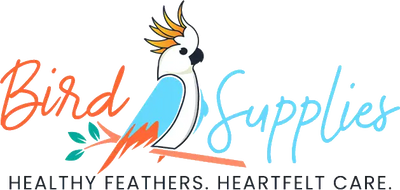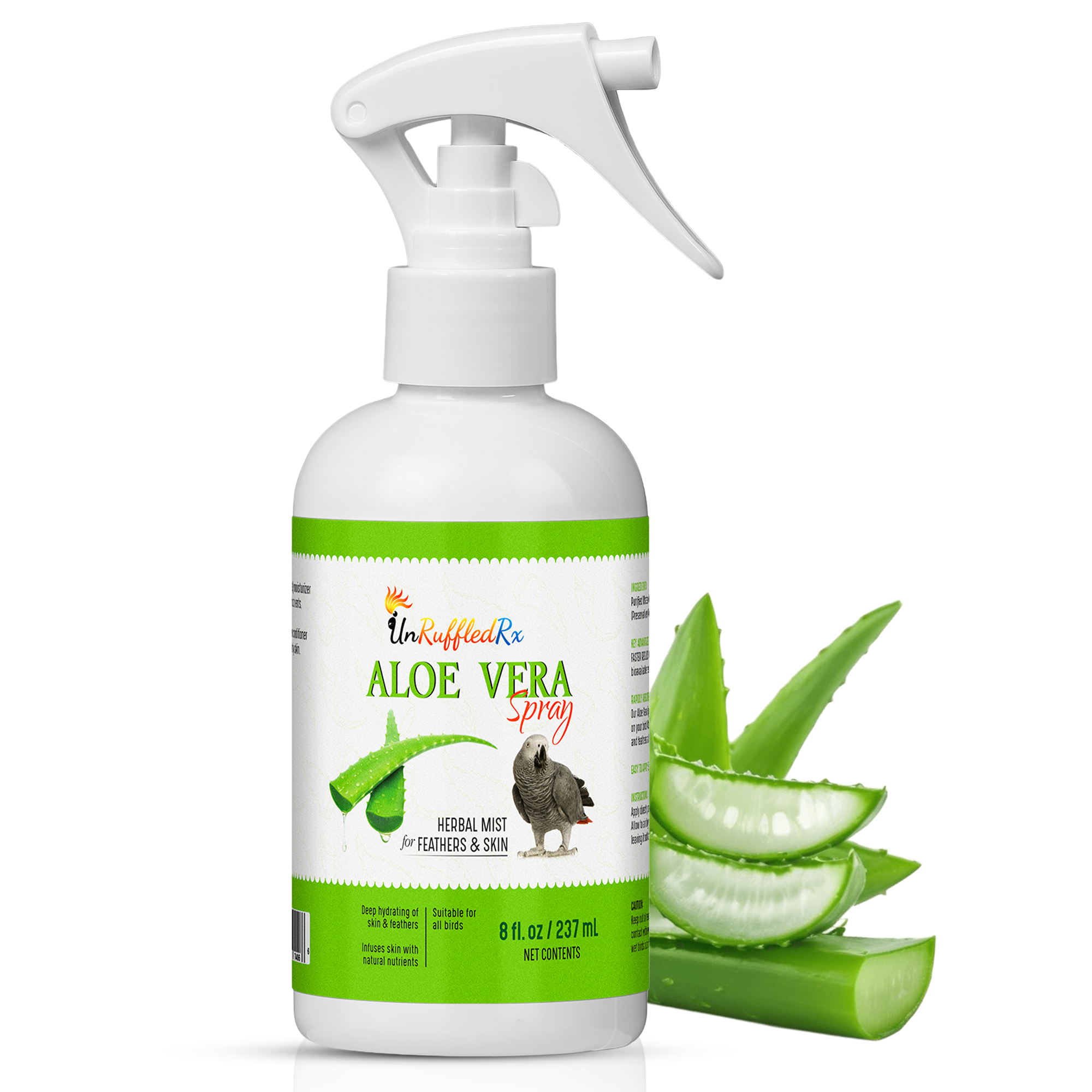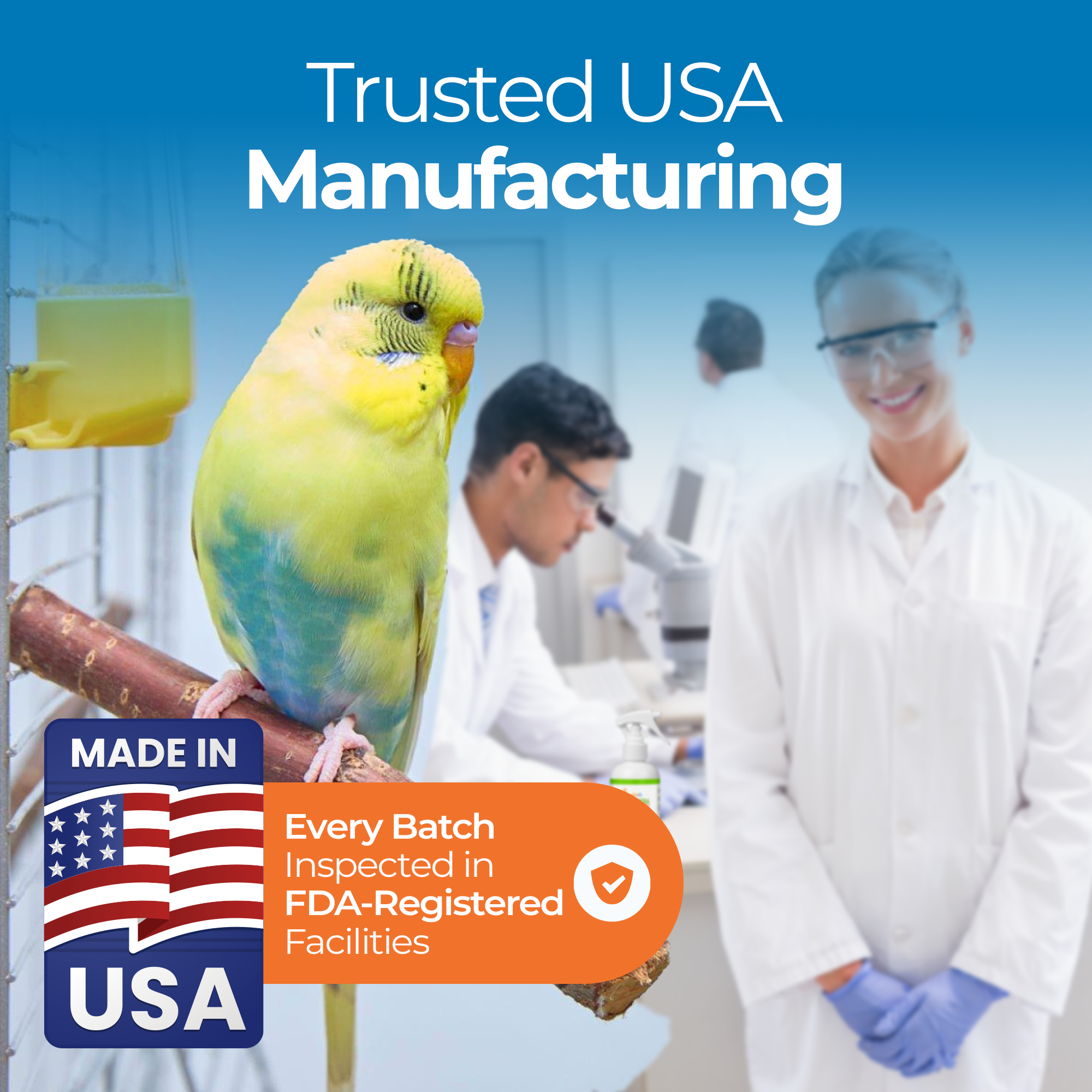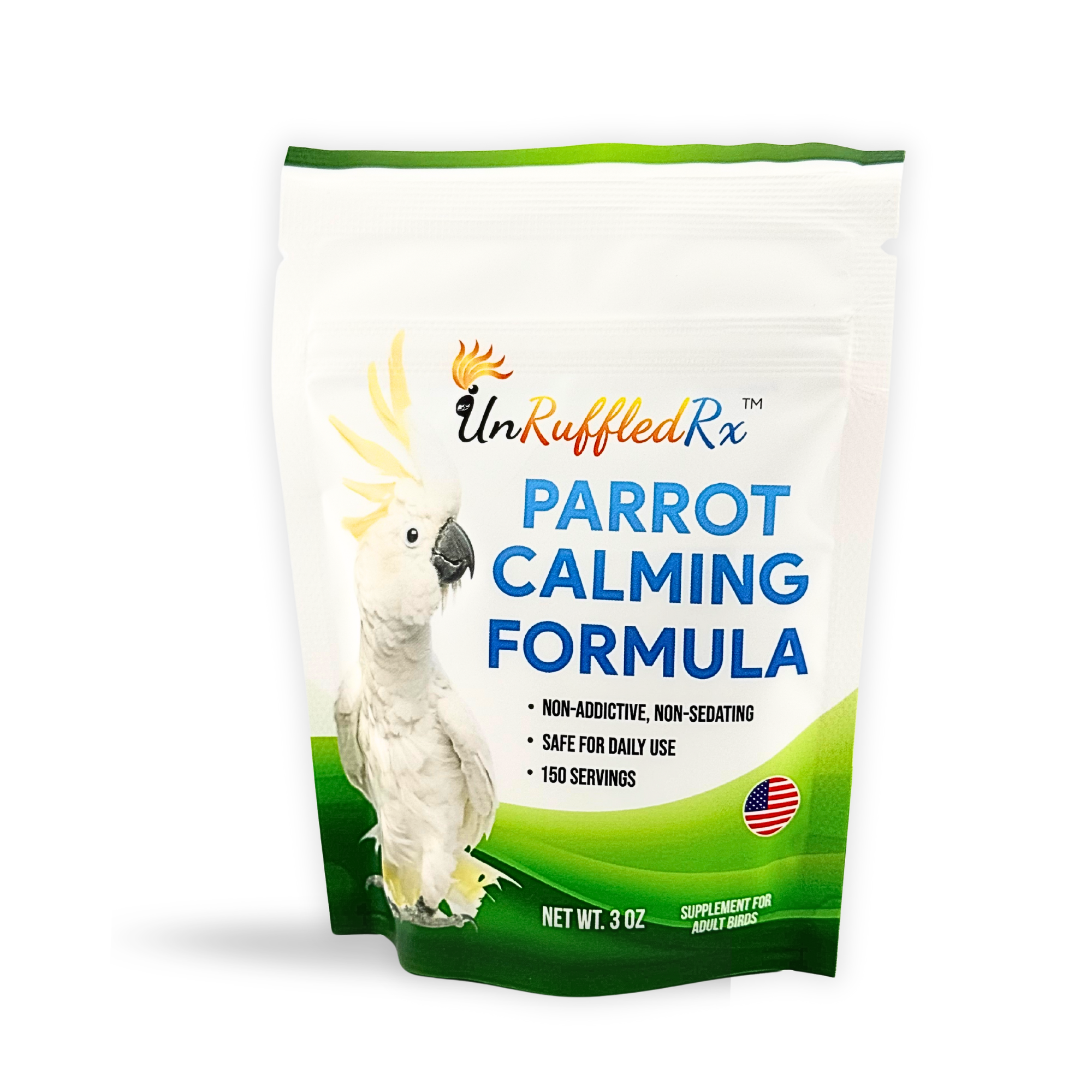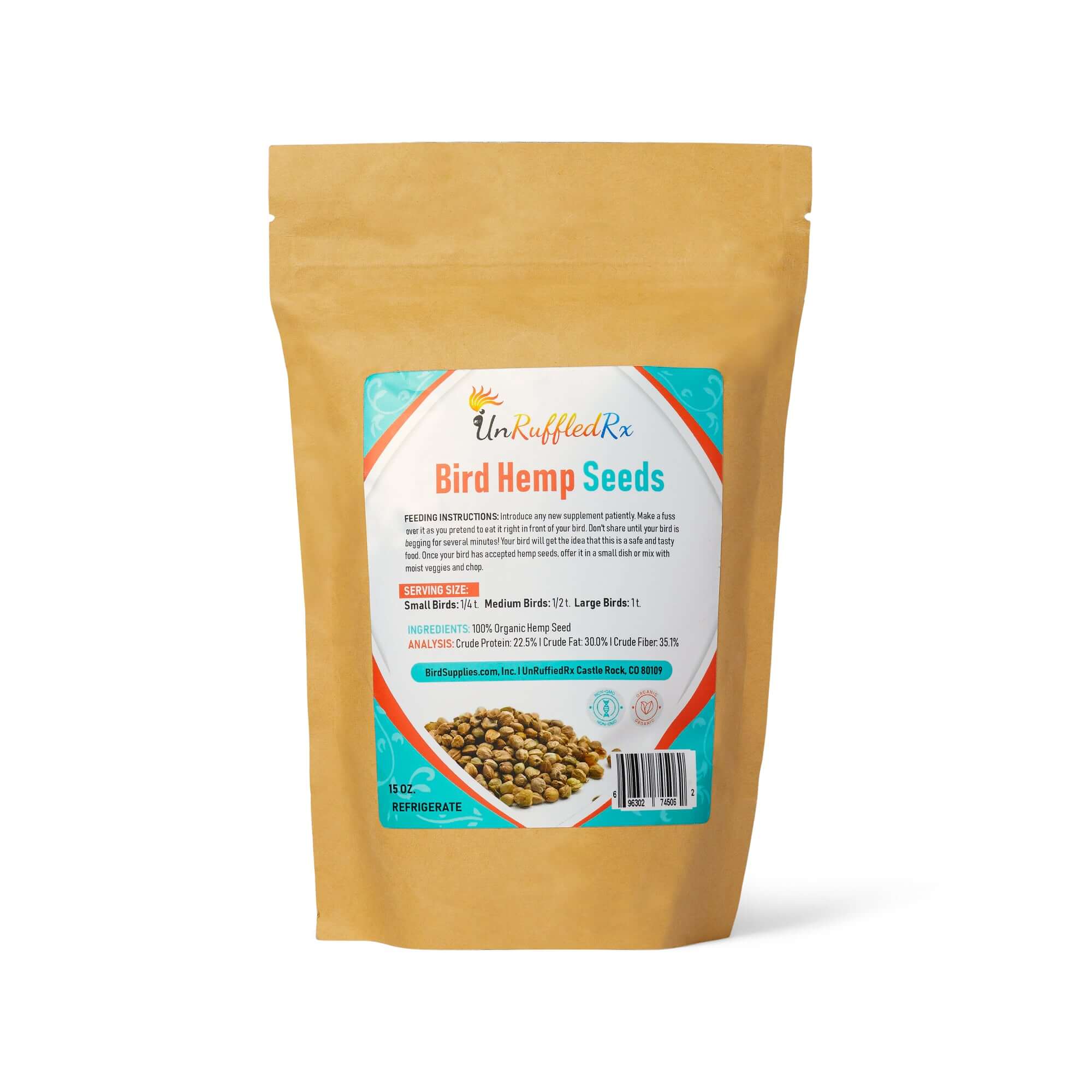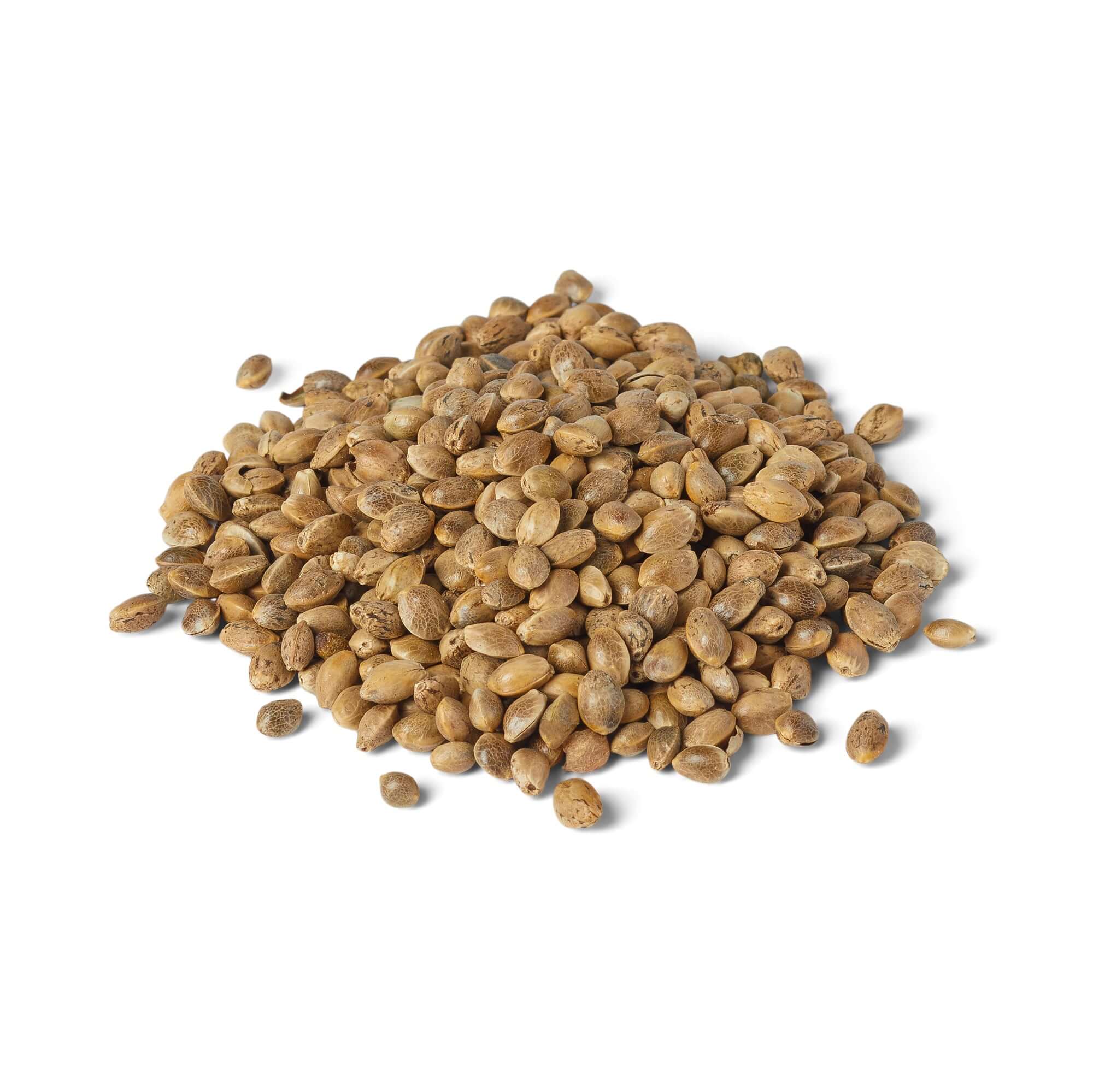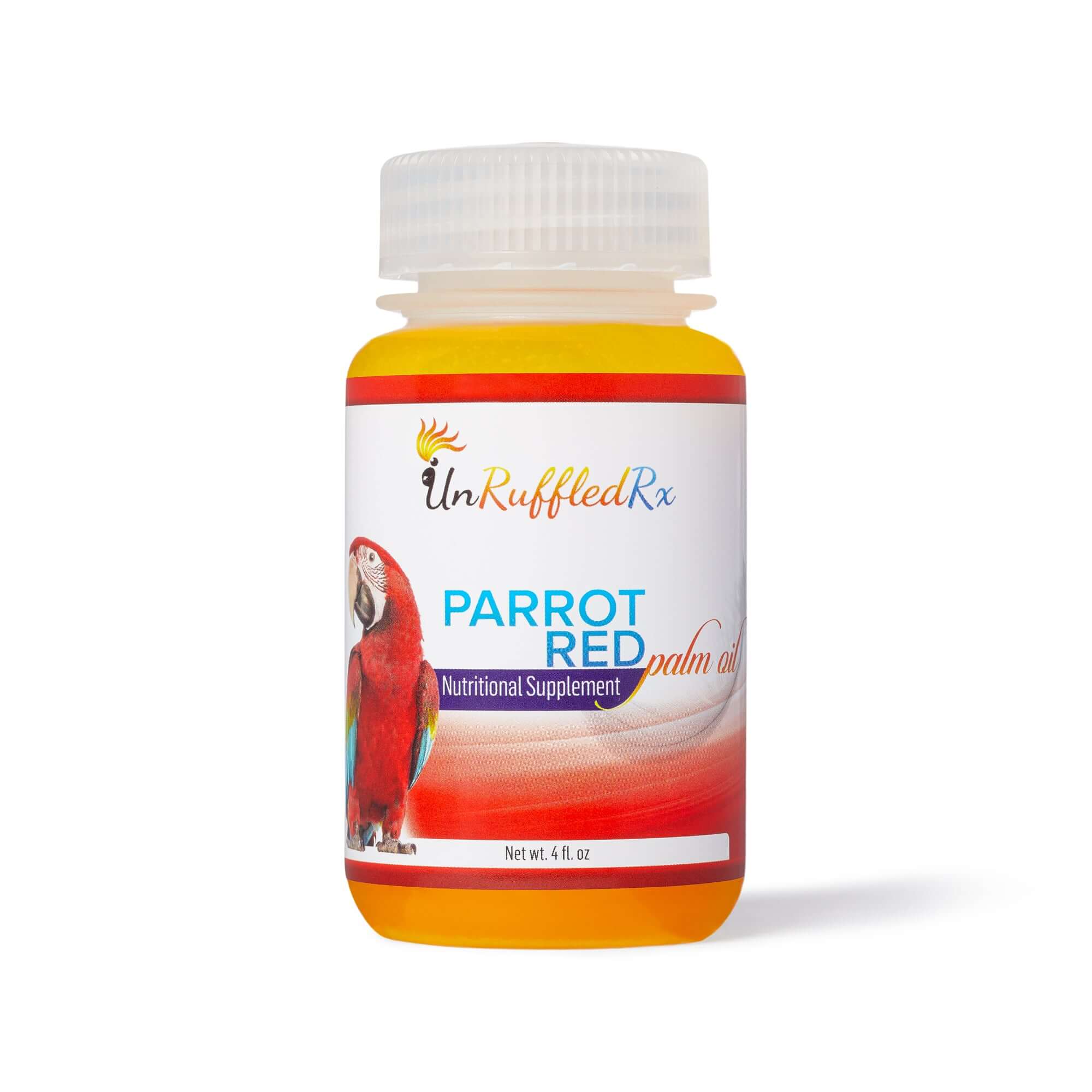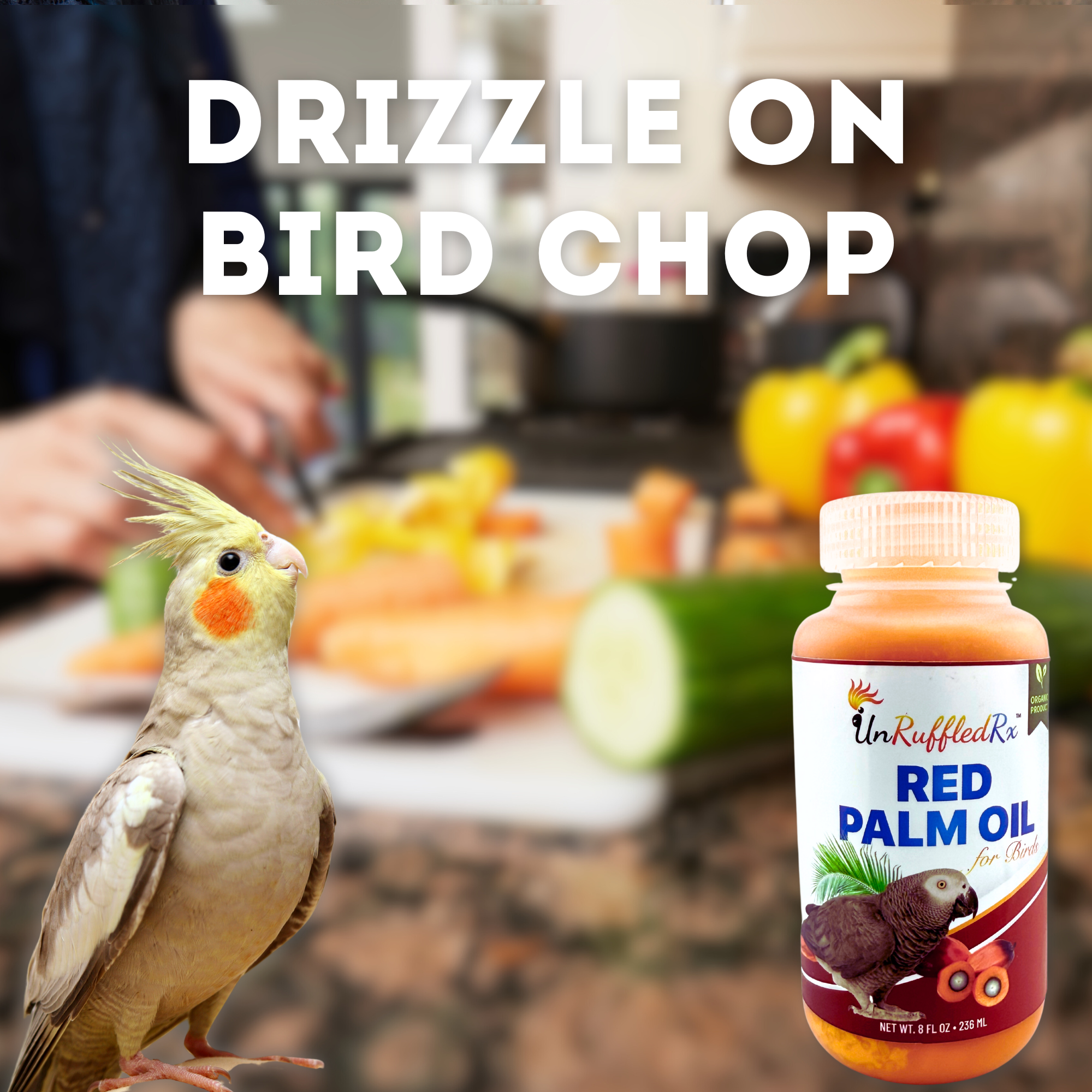- Which is Better: Omega-3 or Omega-6?
- Why Do Birds Need Essential Fatty Acids?
- Two Common Misconceptions About Feeding Birds
- What is the Best Diet for a Bird?
- What's the Best Source of Essential Fatty Acids?
You put a lot of love into keeping your bird looking beautiful—but have you ever wondered what’s happening inside? True avian wellness starts with what’s in their bowl.
Just like us, birds need specific nutrients to stay healthy. One of the most important? Essential fatty acids (EFAs). These healthy fats fuel feather shine, skin health, brain health, joint health, heart health - and more. Want to keep your feathered friend healthy and happy? Start with foods high in EFAs.
Which is Better: Omega-3 or Omega-6?
Trying to figure out which oil is best for birds? Start by understanding Omega-3 and Omega-6—two essential fatty acids that work together to support your bird’s body, inside and out.
If you're considering a new supplement for your bird’s diet, add healthy foods that naturally contain Omega-3 and Omega-6. Both are important—but balance is key.
Top Sources of Omega-3 Fatty Acids for Birds
Experts recommend that Omega-3s make up 5–10% of your bird’s diet. These fats are known for supporting brain and feather health.
- Hemp seeds, flaxseeds, chia seeds
- Red palm oil, flaxseed oil, hemp seed oil
Why Omega-3 is Essential for Birds
- Supports brain function and neural development
- Helps combat chronic inflammation
- Promotes eye health
- May reduce the risk of cardiovascular issues
- Supports joints and mobility
- Helps regulate mood and stress
Understanding Omega-6 for Birds
Omega-6 fatty acids are also vital, aiding in growth, immune response, and skin condition. But too much Omega-6 without enough Omega-3 can cause inflammation.
Signs of Omega-6 deficiency may include:
- Dry or flaky skin
- Brittle or dull feathers
- Low immunity
- Increased inflammation
Sources of Omega-6 include:
- Walnuts, almonds, pine nuts
- Hemp and flax seeds
- Sunflower seeds (in small amounts)
Balancing Omega-3 and Omega-6 in Your Bird’s Diet
Omega fats are calorie-dense, so moderation matters. Aim for a 1:1 ratio of Omega-3 to Omega-6 by rotating in fresh, nutrient-rich foods. This helps reduce inflammation and supports long-term health.
Looking for a full breakdown of your bird’s daily diet? Use the Parrot Food Pyramid to guide portions and ingredients.
Even small diet changes can boost your bird’s energy, feathers, and lifespan. A balanced bird diet is one of the best gifts you can give your parrot.
Why Do Birds Need Essential Fatty Acids?
What do shiny feathers, a sharp mind, and a strong immune system all have in common?
They’re fueled by essential fatty acids (EFAs)—especially Omega-3 and Omega-6!
These powerhouse nutrients support almost every function in your bird’s body. They build strong cell membranes, help process energy, and keep your parrot's metabolism humming. Young birds especially benefit, with EFAs supporting feather growth, eggshell strength, chick survival, and more.
But EFAs aren’t just about growth. They’re inflammation fighters, too. These healthy fats promote proper blood clotting and help the body absorb vitamins like A, D, E, and K. A deficiency? That can lead to dry skin, weak feathers, stiff joints, and poor immunity.
Want to keep things balanced? Too much Omega-6 without enough Omega-3 can stir up inflammation. Keep a 1:1 ratio for best results—your bird’s body (and feathers!) will thank you.
Need help putting it all together? Check out our Parrot Food Pyramid for a complete breakdown. Start adding Omega-3-rich foods to your bird’s diet today—and get ready to see real results in their health and behavior.

Two Common Misconceptions About Feeding Birds
Feeding your bird seems simple, right? But there’s a ton of outdated advice that can actually harm their health. Let’s clear up two of the most common myths that might be sneaking into your bird’s bowl.
Misconception #1: Birds Can Thrive on Seeds Alone
Sure, wild birds eat seeds—but not the kind you’ll find in a bag at the pet store. Those seeds are often processed, lacking the fresh variety found in nature.
- Wild birds forage for a mix of seeds, fruits, nuts, plants, and insects.
- Pet birds fed only store-bought seed mixes often develop nutritional deficiencies, poor feather health, obesity, and immune issues.
The Fix: A complete bird diet includes more than just seeds. Offer a base of high-quality pellets, fresh veggies and fruits, plus healthy fats like Omega-3 and Omega-6. Not sure where to start?
Misconception #2: Birds Can’t Tolerate Any Fats
Worried about fatty liver disease? You’re not alone. But not all fats are bad—some are absolutely essential for feather shine, brain health, and mood.
- Birds need essential fatty acids (EFAs) like Omega-3 and Omega-6 to support skin, immune function, and feather quality.
- Too much Omega-6 and not enough Omega-3 can lead to chronic inflammation and illness.
The Fix: Feed bird-safe fats in moderation! Add hemp seeds, red palm oil, flaxseed oil, and chia seeds to daily meals. They’re rich in EFAs and easy to blend into chop. Curious how to serve them? Keep reading for our top tips!
What’s the Best Diet for Pet Birds?
Your bird’s health starts with what’s in their food bowl! But with so many products on the market, it’s easy to fall for flashy packaging and "complete diet" claims. Let’s break down what a healthy bird diet really looks like—and why your parrot’s plate should be full of fresh, nutrient-dense options.
Avoid Heavily Processed Bird Foods
Many commercial bird foods are overly processed, stripping out natural nutrients and replacing them with synthetic additives, artificial colors, and preservatives.
- Synthetic vitamins often don’t absorb as well as nutrients found in whole foods.
- Artificial dyes and preservatives offer no benefits and may harm your bird’s health.
- Filler ingredients and added sugars can cause obesity, liver disease, and behavior problems.
What to Do Instead: Choose high-quality pellets made with whole-food ingredients and no artificial junk. If the ingredient list looks like a chemistry experiment, skip it!
What Percentage of a Bird’s Diet Should Come from EFAs?
Most avian nutritionists recommend that essential fatty acids (EFAs) make up around 5–10% of a bird’s total daily caloric intake. This includes both Omega-3 and Omega-6 fatty acids, ideally offered in a balanced ratio close to 1:1.
Here’s how that breaks down in practice:
- ✔ Birds eating 40–50% pellets typically receive small amounts of EFAs already included.
- ✔ Adding a sprinkle of EFA-rich seeds or a small drizzle of healthy oil to daily chop can help meet remaining EFA needs without going overboard on calories or fat.
📌 Tip for Bird Lovers:
Keep it balanced! Oils should be served in tiny drops, and seeds should always be raw, varied, and organic when possible.
| Bird Type | Recommended Bird Chop Serving |
|---|---|
| 🦜 Budgies, Cockatiels, and similar-sized birds | 1 Tablespoon |
| 🦜 African Greys, Amazons, and similar-sized birds | 2 Tablespoons |
| 🦜 Macaws and Cockatoos | 3 Tablespoons |
This is just a general guideline. Every bird is different, so watch how yours responds and adjust portions accordingly. A balanced bird diet isn’t just about survival—it’s the foundation for a vibrant, playful life!
What’s the Best Source of Essential Fatty Acids?
Wondering which seeds, nuts, or oils will give your bird the most nutritional bang for their beak? Choosing the right essential fatty acid (EFA) sources is one of the best things you can do for your bird’s health—from supporting glowing feathers to boosting immunity and brain function.
Seeds and Nuts: A Natural EFA Powerhouse
Seeds and nuts are fantastic sources of healthy fats and proteins—but only when they're raw and unprocessed. Roasted, salted, or chemically treated varieties can harm more than help.
🛒 Stock Up on These Bird-Safe EFA Boosters:
✔ OmegaGlow Fresh Seed Fusion: Chia, flax, and hemp seed blend that’s easy to mix into chop.
✔ Hemp Seeds: Rich in both Omega-3 and Omega-6, great for feathers and immunity.
✔ Chia Seeds: Packed with antioxidants, calcium, and fiber.
✔ Flax Seeds: Top-notch Omega-3s for heart and brain health.
✔ Sesame Seeds: Loaded with calcium and trace minerals.
✔ Pumpkin Seeds: A natural source of zinc and magnesium.
✔ Almonds, Walnuts, Pecans: Full of vitamin E and healthy fats.
Smart Tip: Choose raw, organic seeds. Soaking them overnight can enhance nutrient absorption and make digestion easier for your bird.
Oils: A Concentrated EFA Boost—Use with Care
Oils can deliver a powerful punch of EFAs in small doses, but not all oils are created equal. Avoid cooking oils or refined products—many are stripped of nutrients through high heat and chemical processing.
Look for these cold-pressed, bird-safe oils:
✔ Red Palm Oil: High in carotenoids and antioxidants. Great for skin, feathers, and immune support.
✔ Coconut Oil: Contains MCTs that support gut health and energy levels.
✔ Flaxseed Oil: Rich in plant-based Omega-3s for brain and cardiovascular health.
✔ Hemp Seed Oil: Balanced ratio of Omega-3 to Omega-6, helps manage inflammation naturally.
How to Use Oils: Add a tiny drop (about the size of a sunflower seed) to morning chop or blend it into fresh fruit juice. Start small and monitor your bird’s response.
Key Takeaways
✔ Use raw, organic seeds and unrefined oils to provide balanced EFAs.
✔ Avoid roasted, salted, or refined products that may harm your bird.
✔ Sprinkle EFA-rich foods into daily chop for steady nutrition.
By making these small but meaningful changes to your bird’s diet, you’re laying the foundation for lifelong wellness. Curious what to pair with EFAs? Keep reading to explore bird-safe foraging treats and more!
Related Blogs:
Is Red Palm Oil Good For Parrots?
Comparing Red Palm Oil and Coconut Oil
What to Feed A Bird: The Parrot Food Pyramid
References:
Avian Enrichment. (n.d.). Diet & Nutrition. Retrieved May 6, 2025, from https://avianenrichment.com/index.php/learn-mobile/the-physical-needs-of-parrots/diet-nutrition
BirdReel. (2024, July 2). Diet and Nutrition in Wild Birds: A Scientific Perspective. Retrieved from https://birdreel.com/blogs/news/diet-and-nutrition-in-wild-birds-a-scientific-perspective
DVM360. (2023, February 15). Pet birds need fewer seeds, more formulated diets. Retrieved from https://www.dvm360.com/view/pet-birds-need-fewer-seeds-more-formulated-diets
Eclectus Parrot Centre. (n.d.). Eclectus Toe Tapping. Retrieved May 6, 2025, from https://eclectusparrotcentre.com/contact/toe-tapping/
Ford, S. L. (2009). Balancing Your Parrot’s Lifestyle. VeterinaryPartner.com. Retrieved from https://www.vin.com/veterinarypartner/default.aspx?pid=19239&catId=102910&id=4952883
Harrison's Bird Foods. (n.d.). Nutrition and Dietary Supplementation Section II [PDF]. Retrieved May 6, 2025, from https://www.harrisonsbirdfoods.com/wp-content/uploads/2024/02/04nutrition1.pdf
Little Feathered Buddies. (n.d.). Health & Nutrition - Fats and Your Bird. Retrieved May 6, 2025, from https://www.littlefeatheredbuddies.com/info/nutrition-fats.html
Northern Parrots. (n.d.). Omega Fatty Acids: Getting the Balance Right. Retrieved May 6, 2025, from https://www.northernparrots.com/omega-fatty-acids:-getting-the-balance-right-blog164/
ScienceDirect. (2022). Importance of Essential Fatty Acids and Their Derivatives in Poultry. Retrieved from https://www.sciencedirect.com/science/article/abs/pii/S0022316622179423
Today's Veterinary Nurse. (2021, January 1). Avian Nutrition: It's for the Birds. Retrieved from https://todaysveterinarynurse.com/nutrition/avian-nutrition/
VIN. (n.d.). Companion Parrot Nutrition—Nutrient Requirements, Common Deficiencies, and Feeding Recommendations. Retrieved May 6, 2025, from https://www.vin.com/apputil/content/defaultadv1.aspx?id=9768894&pid=25844
Diane Burroughs, LCSW is a licensed psychotherapist trained in ABA therapy techniques. She specializes in avian anxiety disorders and is certified in Nutrition For Mental Health. Diane has written a number of bird behavior books and she offers behavior consultations. She's developed a range of UnRuffledRx Science-backed Parrot Wellness Supplies.
Diane's products have been featured in the Journal of Avian Medicine and Surgery and at Exoticscon, a conference for exotic pet veterinarians. Her bird collars & supplements are stocked in avian vet clinics and bird stores throughout the US. With over 30 years in the field of behavior, Diane has created thousands of successful individualized behavior plans that help pets thrive.
TAGS: #BirdHealth #BirdDiet #HealthyBirdFood
SHARING IS CARING! PLEASE SHARE ON YOUR FAVORITE SOCIAL MEDIA NOW!
